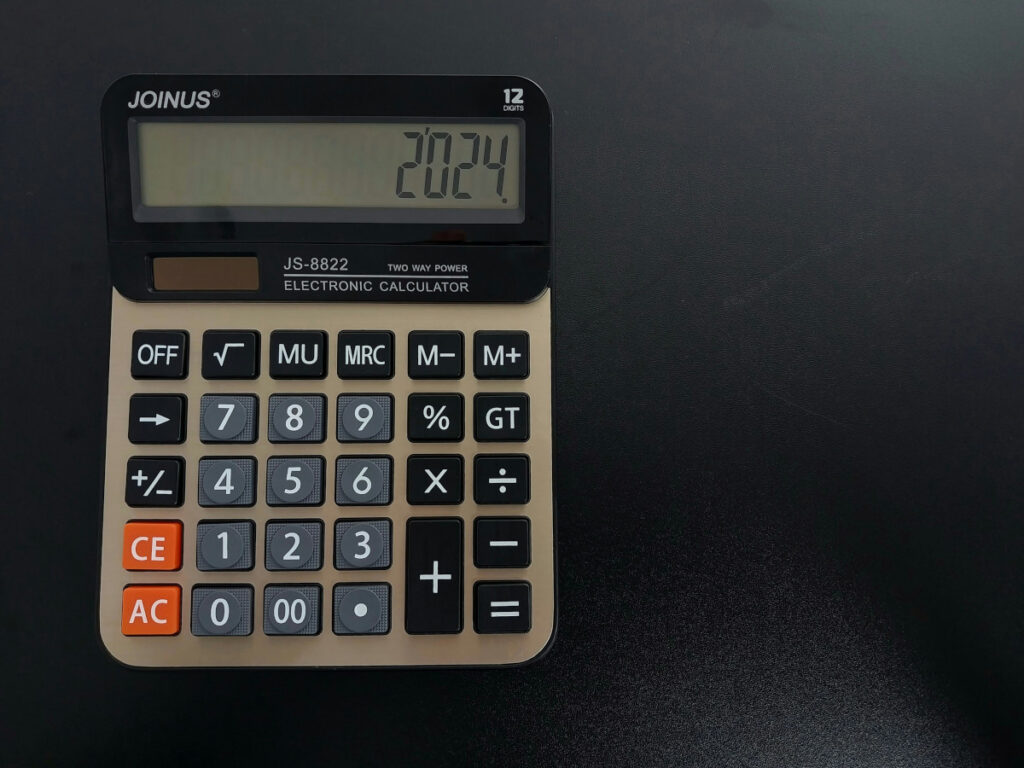By Fatin Nabila Abd Latiff

My experience teaching Mathematics in two countries, Malaysia and China has revealed an important reality: the way students master this subject is deeply influenced by the educational culture and assessment systems of each country. In today’s modern educational era, tools such as scientific calculators and artificial intelligence (AI) have become increasingly prevalent in the classroom. However, students’ approaches to using these tools are still firmly rooted in the foundational values shaped by their respective systems.
In Malaysia, the use of scientific calculators is standard practice beginning at the upper secondary level. Students rely on calculators for a wide range of mathematical operations, and for some, they become an inseparable part of problem-solving. While calculators help speed up calculations and minimize errors, overreliance can sometimes lead to weaker mastery of basic computational skills and reduced understanding of core mathematical concepts.
This culture of calculator dependency is also reflected in Malaysia’s national examination, the Sijil Pelajaran Malaysia (SPM). In SPM, calculators are permitted for Mathematics and Additional Mathematics papers. The structure of the exam often assumes that students have access to calculators, especially for questions involving trigonometry, logarithms, or statistical calculations. While this allows for efficiency, it may inadvertently discourage the development of mental calculation and manual problem-solving strategies.
By contrast, my experience teaching foundation students under the PASUM offshore program at Xi’an International University in China revealed a very different learning environment. Many students there had never used a calculator. Since they were preparing to pursue their undergraduate degrees at Universiti Malaya, I took the initiative to introduce calculator usage and made it a requirement in both lectures and assessments. Initially, they were unfamiliar and hesitant, but I could see their excitement when they first tried using the device.
Even so, most of them continued to prefer solving problems such as multiplication, square roots, and trigonometric expressions manually with remarkable confidence, speed, and precision. This comfort with manual computation stemmed from their early training and a system that actively reinforces such skills.
One of the main reasons for this is China’s national university entrance exam, Gaokao. Known for its intensity and competitiveness, Gaokao strictly prohibits the use of calculators in the mathematics paper. This policy is intentional. It aims to assess a student’s genuine computational skills, ensure fairness across all regions and backgrounds, and encourage deep mastery of mathematical principles without reliance on technology. As a result, Chinese students are trained from a young age to memorize formulas and solve problems manually. The outcome is a generation of students who possess strong fundamental skills and a high level of discipline when tackling complex problems using logical and structured steps.
Despite these systemic differences, global developments continue to impact both countries. Students in Malaysia and China are now increasingly turning to AI-powered apps such as ChatGPT, DeepSeek, Symbolab, and Photomath. These tools allow students to input or scan questions and receive complete answers including solution steps within seconds. While these technologies offer convenience and accessibility, I have observed a troubling trend: students are becoming increasingly dependent on AI-generated solutions without fully engaging with the problem-solving process.
To address this, I apply a simple yet effective approach in my classroom. Students are required to first attempt questions manually, using their own reasoning, before they are allowed to check or verify their answers using AI. This method trains students to think critically, assess their own solutions, and compare them thoughtfully with the output provided by AI tools. It also builds confidence in their conceptual understanding.
What I find most encouraging is how students respond when their answers differ from AI-generated ones. On several occasions, I have heard students say confidently, “I think my answer is correct. The AI is wrong.” To me, this is a clear indicator of authentic learning. These students are not simply replicating solutions — they have internalized the logic, can explain their reasoning, and are unafraid to challenge the authority of a machine when they believe in their understanding.
I am not against the use of technology. On the contrary, I fully support the integration of AI as a learning tool, provided it is used wisely and with the right guidance. However, I believe that manual problem-solving and conceptual mastery must remain the foundation of Mathematics education. Technology should enhance students’ learning but not replace their ability to think.
Calculators, SPM, Gaokao, and AI each represent tools, systems, and educational paradigms that shape students in different ways. What truly matters, however, is ensuring that students are able to understand, reason logically, and trust their own thinking. When a student can confidently say, “AI is wrong, I know my answer is correct,” because they fully understand the concept, that is where the true success of a teacher lies.
Dr. Fatin Nabila Abd Latiff is a Senior Lecturer of the Mathematics Division, Centre for Foundation Studies in Science, Universiti Malaya (PASUM)
